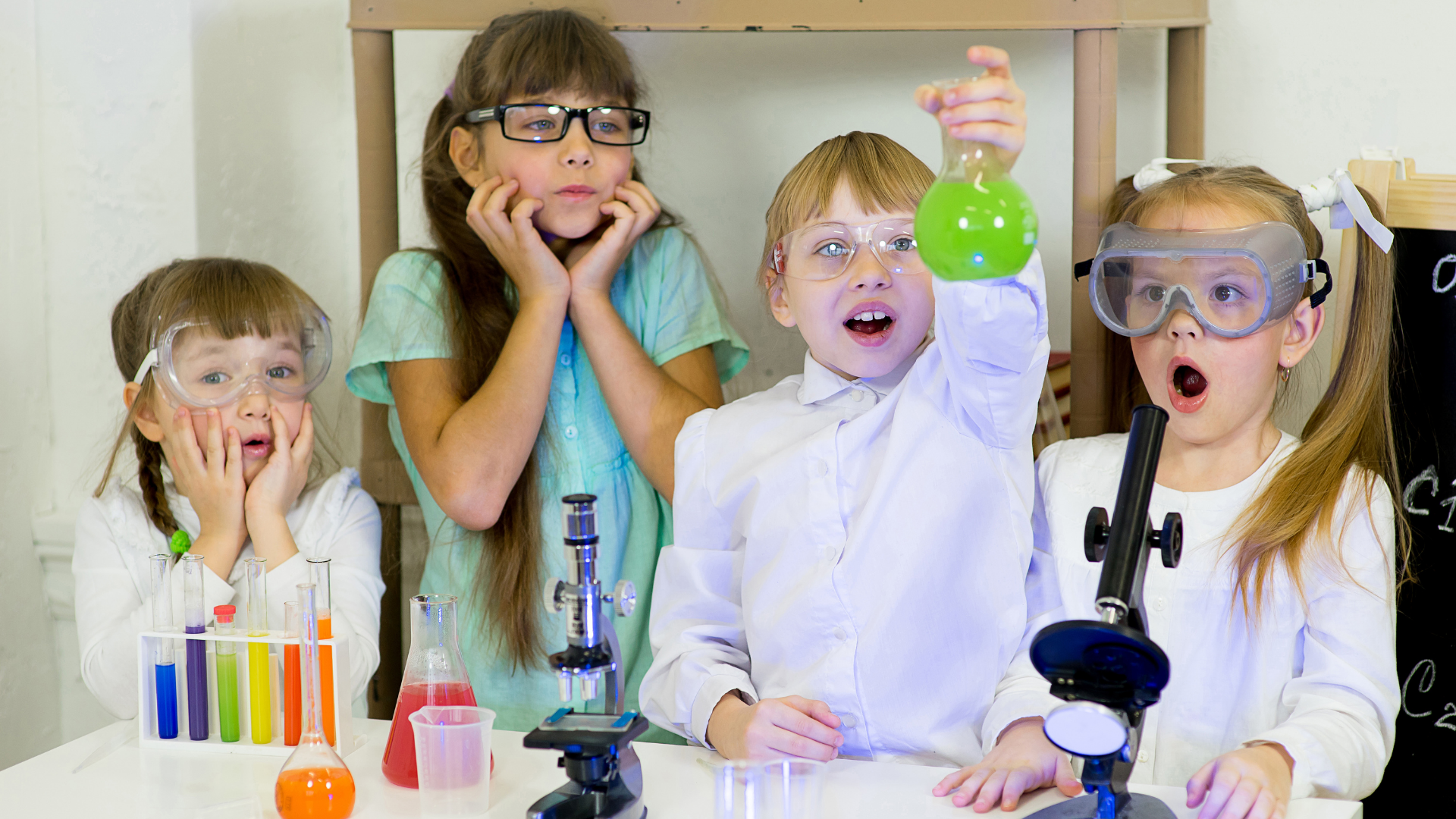
Cool Science Experiments for Kids
Kids are naturally curious, and they have an insatiable appetite for knowledge. They love asking questions, and that’s something we should encourage.
As a parent, it’s essential to nurture their curiosity and provide opportunities for them to explore and learn. One of the best ways to do this is by actively engaging with them in various activities that stimulate their minds and ignite their passion for learning.
Participating in science experiments at home is a fantastic way to spark their interest in the scientific world. Simple experiments, like creating a baking soda volcano or making slime, can be both fun and educational. These hands-on activities not only teach basic scientific principles but also develop their problem-solving skills and critical thinking. By working together on these projects, you can foster a love for science and learning in your child.
Additionally, enrolling them in summer camps focused on science can provide a more structured and immersive learning experience. For instance, Summer Camps for kids in Frederick Spring Ridge, MD or other locations are known to offer specialized programs where kids can conduct experiments, build robots, explore nature, and even learn about space.
These camps often have experienced educators who can guide children through complex concepts in an engaging and understandable way. Moreover, being surrounded by peers who share similar interests can motivate your child and enhance their learning experience.
Anyway, whether at home or in summer camps, here are some cool science experiments that kids can do under supervision to learn about science:
Chromatography Flowers
This experiment is perfect for kids who have a love for science and getting messy. -You don’t need to be an actual chemist to do this experiment. -There are no chemicals involved. -All you need is a plastic vase and a couple of flowers!
Apple Oxidation
Apple Oxidation is a new way to look at fruit and vegetable consumption that’s gaining popularity in the scientific community. This fruit is not just any apple. Instead, it is a type of apple that has been genetically engineered to oxidize on its own, which makes it ideal for dealing with the waste products of the human body.
Gravity-Defying Magnets
Magnets are fascinating things. They can lift tiny metal filings to incredible heights or strangle people. They can be used as a sculpture and more. Magnets generate great curiosity among children.
Pencils Through a Bag of Water
Pencils through a bag of water is a classic science demonstration that many kids have done before. It’s an easy, fun, and safe experiment that teaches kids about buoyancy. The experiment can be done with a hand-filled bag of water or a cup of water. In this experiment, you’ll need two 8 1/2″ x 11″ paper bags (one for each cup of water), a pencil, a ruler, and a spoon.
Mold Science
Mold science is the science of studying molds, of which there are thousands, and learning about them through their effects on humans and other organisms. Most of the time, molds are studied for their impact on health and safety issues. Some of the most common mold science issues are mold in schools, mold on food, mold in-home, and mold as a cause of allergies.
Self-Inflating Balloon
A self-inflating balloon is a useful and fun device with many uses, from building a fort to blowing up a birthday balloon to some more fun games. But there’s another fun and interesting use for a self-inflating balloon, which is to show off your cool science experiments for kids.
Lava Lamp
Lava lamps have been around for centuries and can be found at just about any kid’s house. But before you run out and buy one, check out the science behind the lava lamp. What is the mysterious glowing mist, and why does it glow? Is it a remarkable way to learn about electricity? What if I told you there was a way to make lava glow without buying a lamp? Well, there is. And all you need is a beer bottle and some aluminium foil.
Tornado in a Bottle
A tornado in a bottle is just a fancy way of saying a tornado in a jar. This is a fairly simple science experiment that can be done with a few household items and a few minutes of your time.
Kids love science because it entertains and inspires them. From helping them learn about the world around them to giving them insights into what they can expect to see more of in the future, science has a huge impact on our lives. Most kids don’t realize that science is actively and constantly taking place around them in everyday activities. The following science projects are quick and easy and will keep kids entertained and learning.
There are lots of cool tricks and experiments you can try at home, but sometimes you need to make it more interesting. Maybe you want to make your own wind tunnel or use magnets to pull apart a needle. You’ll find loads of fun and interesting experiments to try at home and in the classroom.

Comments (0)